The HomePod Launch Is Officially a Fail, So What Now?
While the HomePod excels at audio, Siri's weaknesses, Apple Music lock-in and a wood-damaging design threaten to derail Apple's smart speaker efforts.

We all knew that genius in high school who wouldn't be happy getting anything but an A. Being handed a B would literally ruin their week. And a C? Get ready for a meltdown. It might as well be an F.
It's hard not to view the lukewarm reception to the HomePod in the same way: 3 out of 5, 7 out of 10, 7.5 out of 10. The less-than-laudatory marks for Apple's first smart speaker speak volumes — as do the damaging white rings that the speaker leaves on wood tables. So far this launch has been a fail, at least by Apple's standards.
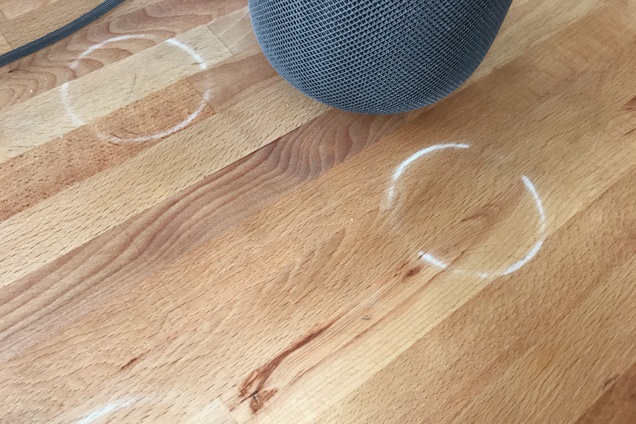
This is a company that has pumped out hit after hit in recent years and whose gadgets have become synonymous with glowing reviews. So what the hell happened? And can Apple recover?
What HomePod Does Right
Tim Cook will insist that the HomePod is NOT a direct competitor to cheaper devices like the Amazon Echo. And that's true to a certain degree, especially when it comes to sound quality.
Apple took pains to create a superior listening experience. It's not just about the seven tweeters and deep bass. There's an A8 chip inside the HomePod to help the speaker analyze the acoustics in the room and automatically optimize the sound. Nearly all reviewers agree that the HomePod sounds great, which helps to (somewhat) justify the high price of $349.
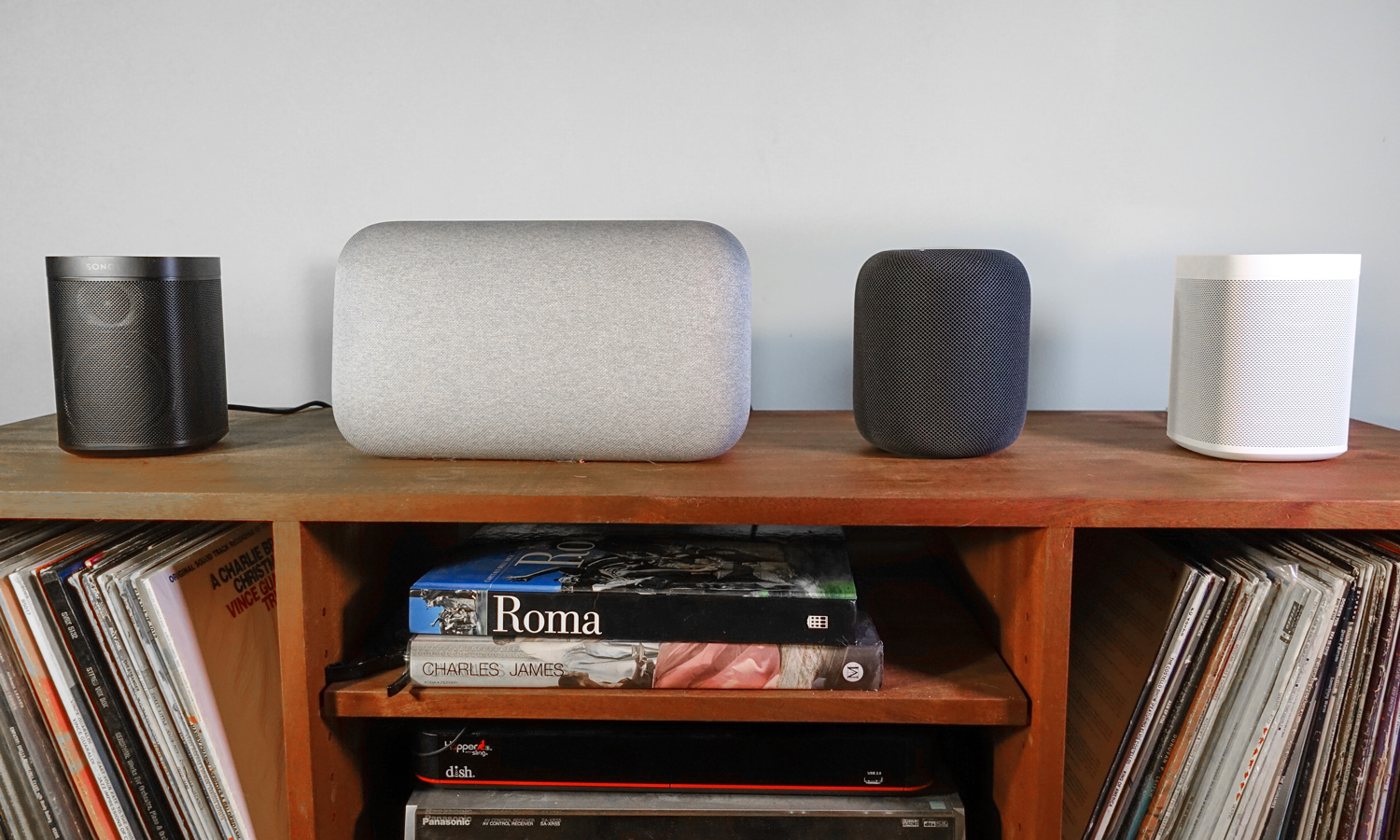
“In terms of audio technology, it is pretty astonishing," said Avi Greengart, research director of consumer platforms and devices at GlobalData. "Combining the ability to have strong audio imaging with wide dispersion and making room placement essentially irrelevant — that's a pretty impressive achievement."
The Sonos One, for example, forced you to walk around your room with your smartphone as the speaker played various tones in order for the speaker to adjust the audio. The HomePod does all of this automatically through its room sampling.
Get instant access to breaking news, the hottest reviews, great deals and helpful tips.
"The consensus is that [Apple has] done an excellent job on delivering on audio quality and fidelity," said Paul Erickson, senior analyst for connected home at IHS Markit. The HomePod "lives up to hype around active sampling and setting up your room and having a mobile sweet spot."
The HomePod is also ridiculously simple to set up. All you need to do is plug it in, bring your iPhone or iPad close to the speaker, and tap Set Up, and it will walk you through the few remaining steps. It's when you start using the HomePod that you notice its severe limitations.
A Walled Garden with a Very Tall Wall
Would you like to play anything other than Apple Music on the HomePod? You can't, at least not without using AirPlay to stream tunes from your device to the speaker.
The Amazon Echo, by contrast, supports Amazon Music, Pandora, Spotify, SiriusXM, TuneIn and other services out of the box. Google Home supports Google Play Music, YouTube Music, Spotify and Pandora. And Sonos supports all of the above, plus Apple Music and dozens more services.
"I believe that [Apple is] pushing a niche product because, out of their own volition, they want to encourage Apple Music lock in and subscribership," said Erickson.
Although Apple was late to launch a subscription service, Apple Music is on pace to surpass Spotify this summer in terms of paid U.S. subscribers. Apple's music service currently has 36 million subscribers.
"They're locking you in to their ecosystem, which would be a terrible problem if Apple Music doesn't have subscribers, but it does have subscribers," said Greengart.
The bigger issue with the HomePod is Siri and the speaker's lack of AI smarts.
If I Only Had a Brain
It's best to think of Siri on the HomePod as a voice interface for Apple Music. Otherwise, you'll be very disappointed.
Although Apple beat both Alexa and Google Assistant to the voice assistant market by years, Siri came in last in our most recent face-off among the three virtual assistants. And most other reviewers have come to the same conclusion.
For example, you can set only one timer on the HomePod, and you can't name it. And you can't make calls (without a phone), look up recipes or ask nearly as many general-knowledge questions as you can with other assistants.
"The quality of the virtual assistant has become a differentiator in the smart speaker market, and on that front, Apple is playing catchup," said Erickson. "Siri has not kept up the pace of innovation that Google Assistant and Alexa have."
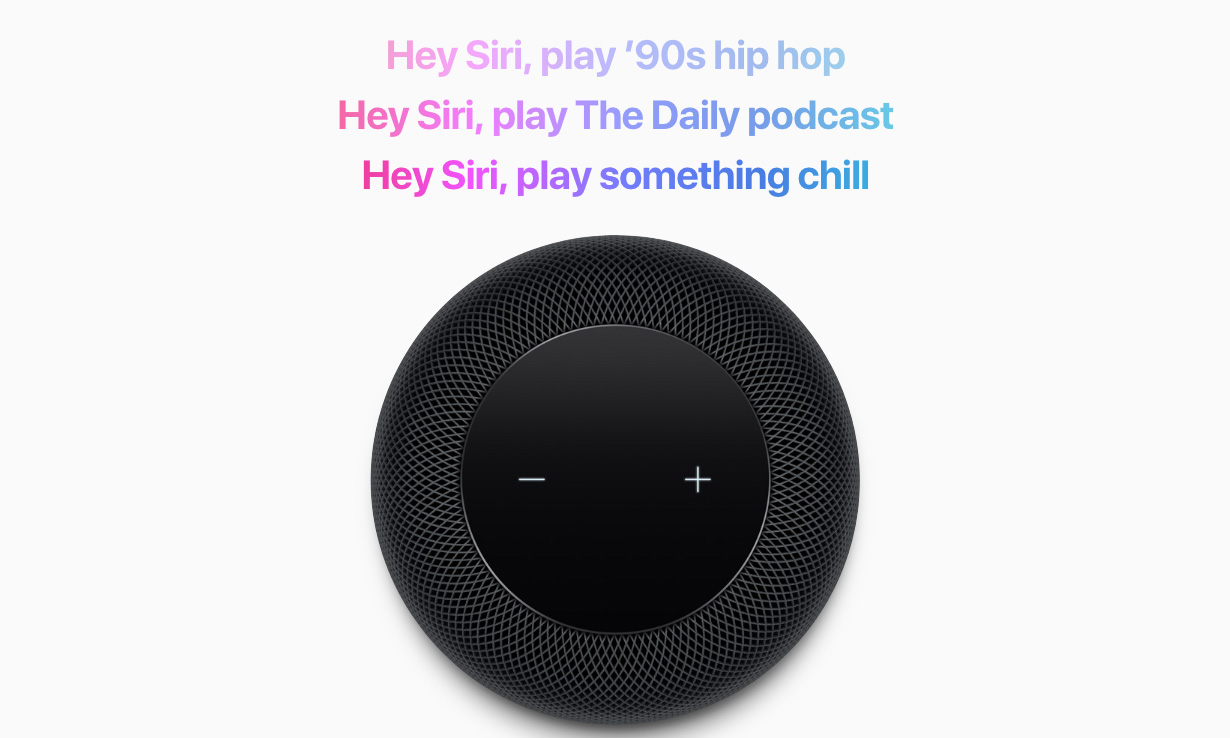
This is exactly why Apple is positioning the HomePod as a music speaker first and a smart speaker second.
"If you're really looking to add a digital assistant around your house, then the HomePod is not that competitive at any price, because it doesn't do a lot of those things," said Greengart.
Of course, Siri's deficiencies extend well beyond the HomePod, which is why Apple needs to focus on beefing up the AI's capabilities in general — for smart speakers, the iPhone and Apple Watch. Don't be surprised to see Apple's assistant take center stage at this year's WWDC developer conference.
Ring of Dishonor
Right after the first wave of meh reviews hit, the HomePod suffered another blow when buyers discovered that the speaker was leaving white marks on certain types of wood. The fail immediately went viral and quickly generated a robust selection of memes.

Apple responded to the controversy by saying that the silicone base can "leave mild marks when placed on some wooden surfaces" and they "will often go away after several days." The kicker was this parting advice: "If you're concerned about this, we recommend placing your HomePod on a different surface."
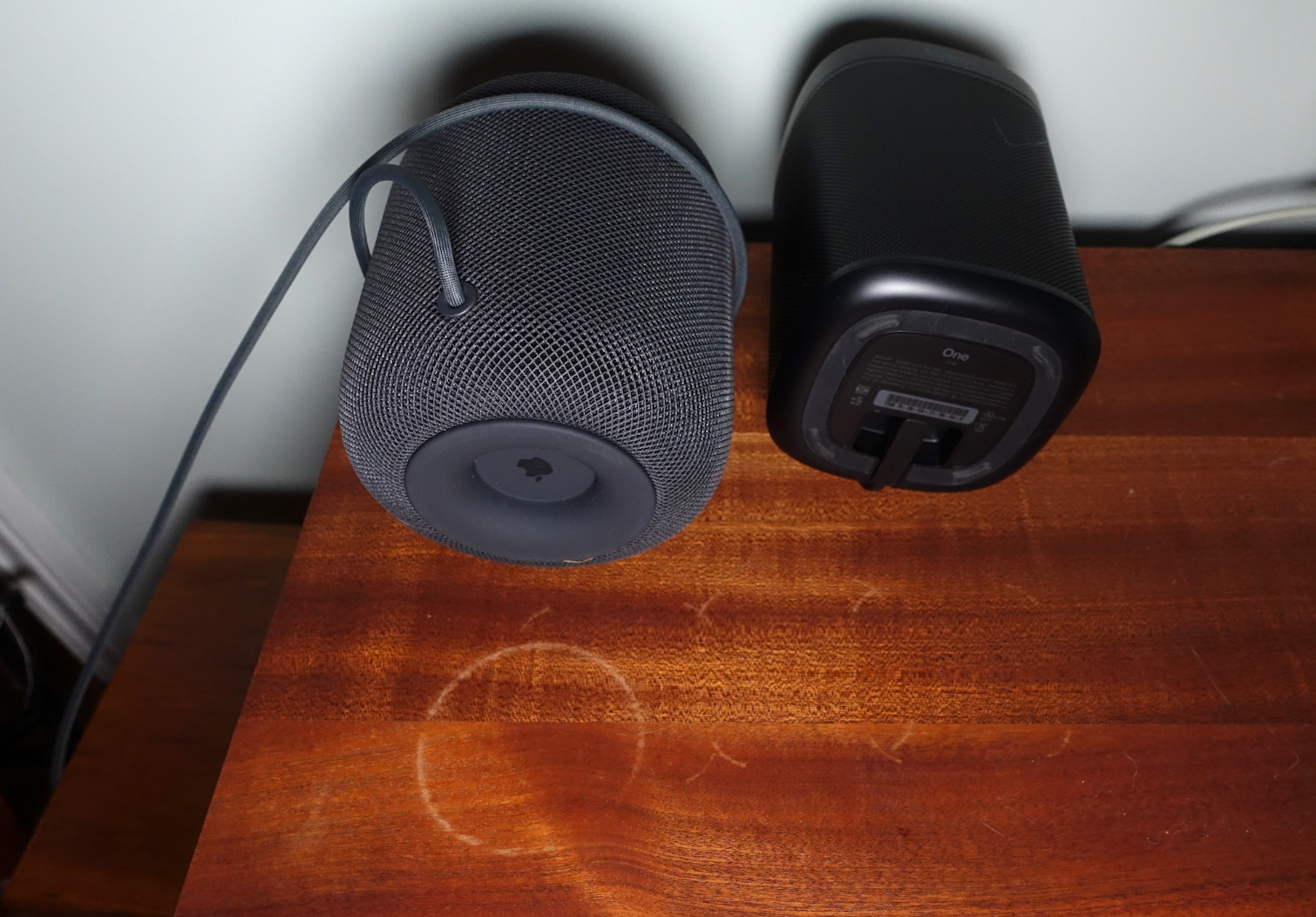
To be fair, we found that the Sonos One speaker can also leave marks on wood, but they were not nearly as prominent as the ones the HomePod created.
"This is unacceptable, and Apple needs to provide a solution that goes beyond 'put it somewhere else,'" said Greengart.
Can HomePod Recover?
Given that the HomePod has been on sale for less than a week, it is premature to call the product a fail. But the launch has been a fail, both because of the lackluster critical reaction and because of the discovery that the speaker can damage furniture.
However, Apple will continue to add features and functionality over time, such as pairing two HomePods together, and the speaker could be labeled a success even if the company sells only a fraction of what Amazon and Google are moving.
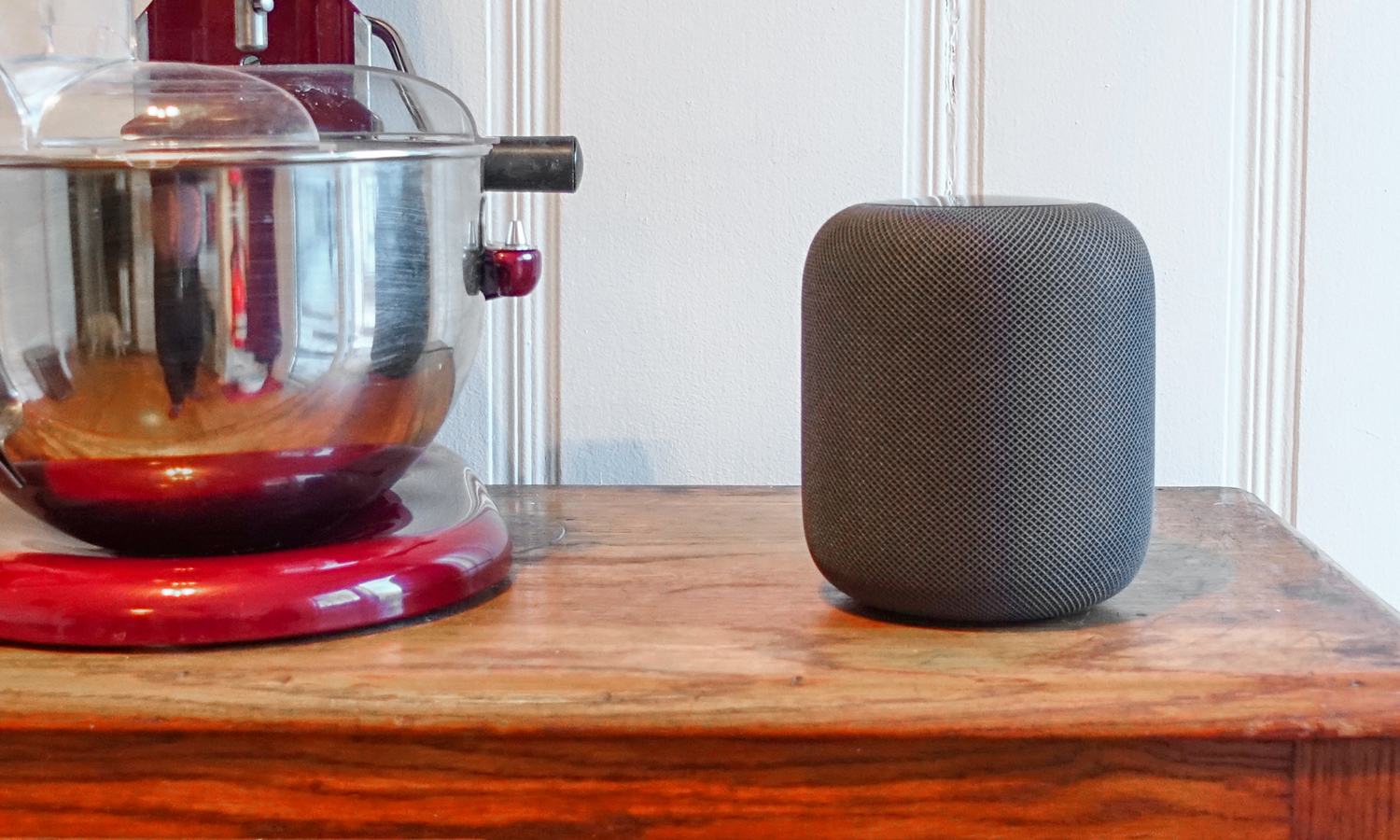
"This is in marketing speak a minimally viable product," said Greengart. "That's not a bad thing. You get the product out the door, get people buying it and once you establish a base you can add things later."
By the same token, the more that the cheaper Echo Dots and Google Home Minis proliferate in people's homes, the narrower the HomePod's niche could become, especially as consumers place as much of a premium on smarts as audio quality.
"Apple very much wants to keep it relegated towards music, but that puts them in an odd position, because the market for connected speakers has rapidly skewed from being about music to being about AI," said Erickson.
Mark Spoonauer is the global editor in chief of Tom's Guide and has covered technology for over 20 years. In addition to overseeing the direction of Tom's Guide, Mark specializes in covering all things mobile, having reviewed dozens of smartphones and other gadgets. He has spoken at key industry events and appears regularly on TV to discuss the latest trends, including Cheddar, Fox Business and other outlets. Mark was previously editor in chief of Laptop Mag, and his work has appeared in Wired, Popular Science and Inc. Follow him on Twitter at @mspoonauer.
-
james.a.matarese i want a great sounding speaker and I don't find having to use airplay for anything other than apple music as that much of a blocker, considering I have my phone on me at all times. And just a few years ago, just the prospect of airplay alone would be considered a huge feature. Also, i refuse other "smart" speakers because I take issue with their security. Apple, if they can be trusted, is encrypting my identity, anonymizing it, and only listening when activated by command. Can the others say the same? Seriously, I am asking, can they?Reply -
srnj.jprail Remember when Apple told customers "they were holding their iphone wrong" in response to their design fault, before handing our free phone bumpers?Reply
Their response to HomePod's design flaw is"You're placing it on surfaces wrong".. lmao
Can we get a free coaster yet? -
jleehenderson This is pretty much par for the course for Apple, isn't it? Their first gen new products are always pretty awful, but subsequent versions make pretty huge strides.Reply
I think the takeaway here is to just never buy the first generation of a new Apple product. -
madlyb The fact that this shipped without support for multiple speakers for something marketed as a speaker first, was bad enough (I mean seriously), but the absolute lack of connectivity to a larger music and automation ecosystem were the nails in the coffin.Reply -
cris_d The fact that some man-made products/substances will cause a mark on certain wood finishes is nothing new, and nothing surprising. If one chooses to place plastic, vinyl, sililcone objects on non-sealed wood finishes, you get what you deserve. Ask owners of expensive guitars about avoiding vinyl-backed guitar straps on their $1K/$2K and higher guitars.Reply -
themetris Fail is an understatement. To recap (also from Marques Brownlee's review):Reply
- Anyone can control it (i.e. ask to narrate your messages)
- Cannot connect to anything that is not an iPhone (not even a Mac). That is some mangled ecosystem alright
- Cannot connect to Bluetooth or 3.5" jack
- Cannot set up Spotify as default player
- Can't order products, food, Ubers
- Can't set multiple timers
- Power cable is non removable
- Can't make phone calls
- Can't use find my phone
- Siri is the dumbest smart assistant of them all
Oh. AND IT LEAVES WHITE MARKS ON YOUR FURNITURE.
Really. What the hell is happening in Cupertino? Do they do any QA anymore? -
daveinpublic The problem with the Google and Amazon speakers, is that they don't sound good enough. I can use my phone's speaker for everything I need already. If I'm going to bother buying a speaker, smart of otherwise, it has to offer me dramatically better audio. That makes the HomePod the best option out the gate, hands down.Reply -
Patrick_1966 My solution to the white ring issue is to get one of those circular cork pot trivets and place it under the home pod or my Sonos. Costs 1.00 at the dollar store or if you want a larger one its about 2 dollars and looks good with the white HomePod.Reply

